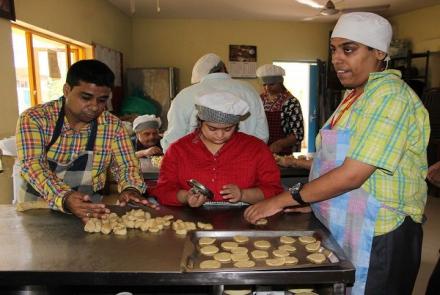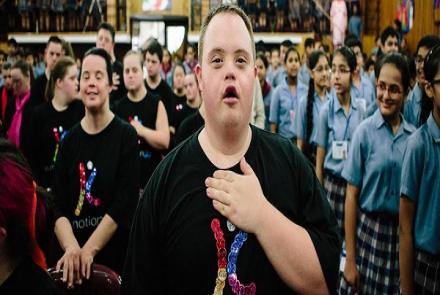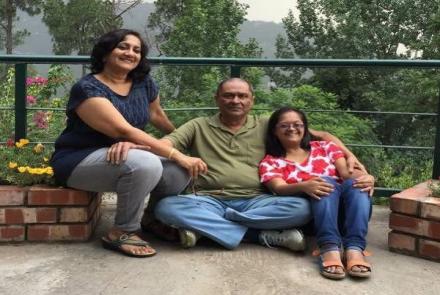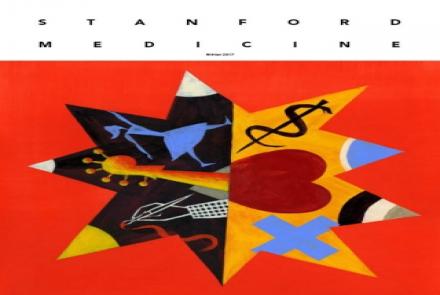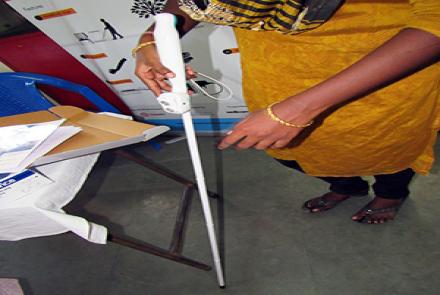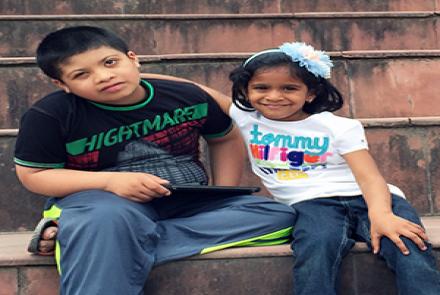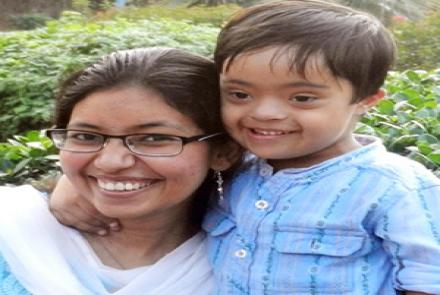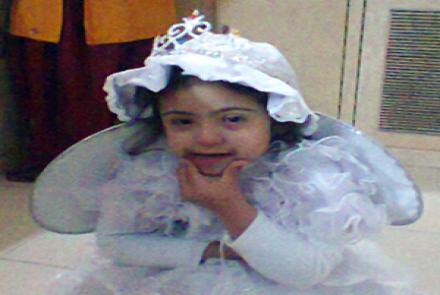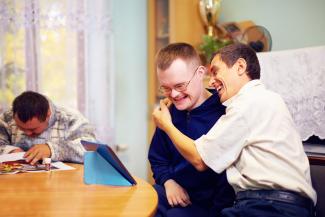
Down’s syndrome is usually caused by an error in cell division. All people with Down’s syndrome have an extra, critical portion of chromosome 21 present in all or some of their cells. This additional genetic material alters the course of development and causes the characteristics associated with the syndrome.
- Trisomy 21 - About 95 percent of the time, Down syndrome is caused by trisomy 21.
- Mosaic Down syndrome - In this form children have some cells with an extra copy of chromosome 21.
- Translocation Down syndrome - In this form part of chromosome 21 becomes attached (translocated) onto another chromosome, before or at conception.
There are no known environmental, behavioural causes of Down's syndrome and it is not inherited either.
Risk factors for developing Down’s syndrome
The most common risk factor for giving birth to a child with Down’s syndrome is the age of the mother. The risk of giving birth to a baby with Down’s syndrome increases as the mother’s age increases. The chances are 1 out of 350 births for women above 35 years and 1 out of 25 births for women above 45 years.
If a mother has had a child with Down's syndrome, the chance of having another with Down's syndrome is higher. It is about 1 in 100.


